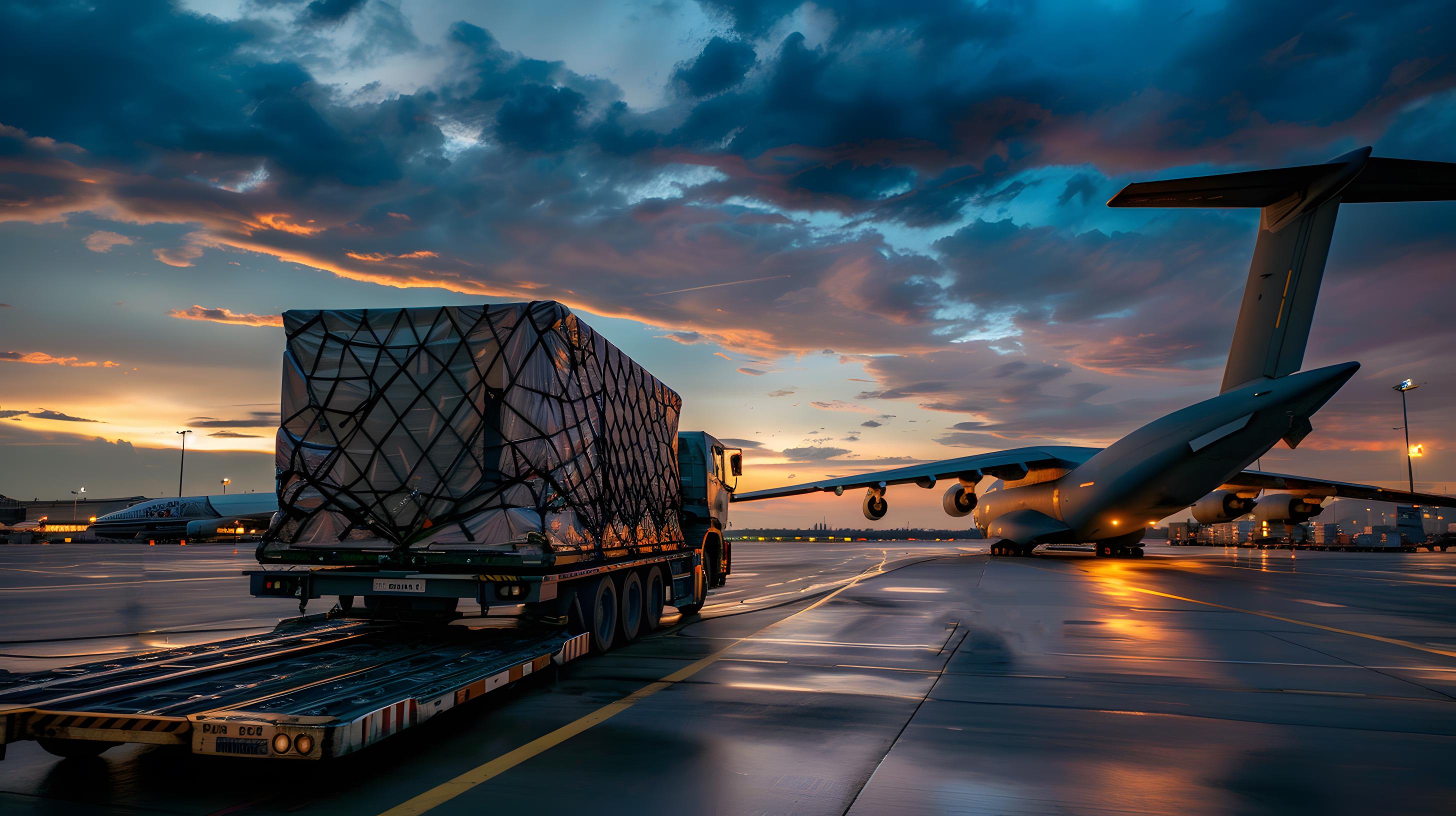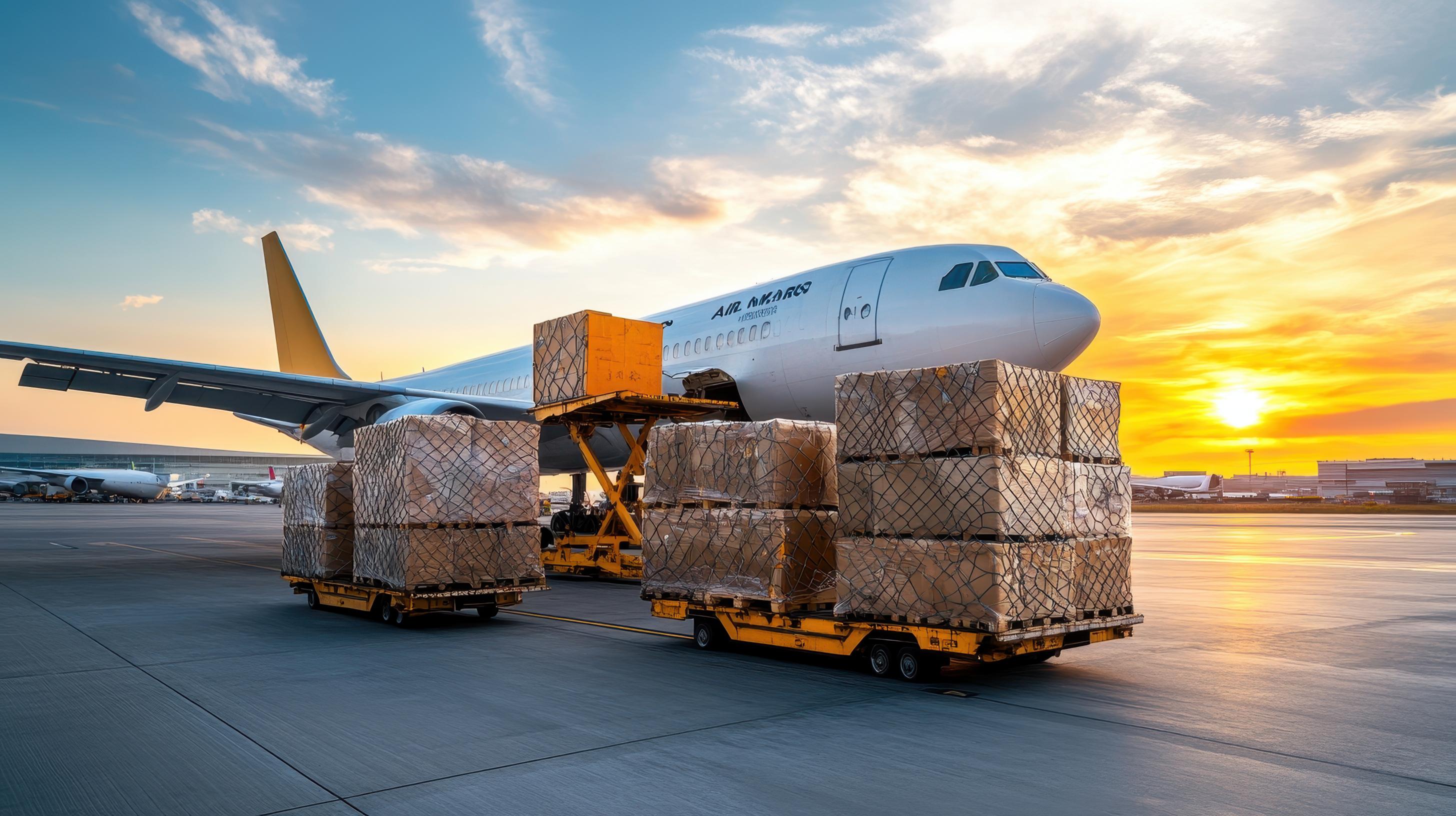Air freight is very essential in transporting goods worldwide within a short period of time particularly when there is a hurry. As online shopping continues to grow in size, supply chains continue to get complex, and understanding air freight may enable business organizations to respond to urgent needs. A quick overview of what air freight is, how it operates, what is good and bad about it and when it is most appropriate, given what is currently occurring to the industry, so that you can make wise decisions.
What Air Freight Means?
Air freight or air cargo is simply the transportation of things by air – either by means of special cargo aircraft or in the unused space beneath the passenger cabin of normal flights. It is all about fast delivery of things, particularly when sending abroad, in which case speed is more valuable than loading something at once. Airfreight can ship anything, including gadgets and quick-perishable food, unlike land or sea freight transport, where a vast number of airports will be used to deliver even distant locations.
In essence, air freight is faster and it ensures that businesses only store what they require and this saves on space and money.

A Step by Step Guide to Air Freight
Air freight will not work with nothing perfect. Here’s how it goes:
- Preparation: Dressing is done carefully to survive pressure and rocking, which normally follows a given rules of flying.
- Paperwork: The paperwork entails companies reserving space on the plane and preparing all the required paper work such as air waybills and invoices to start the process.
- Checks and security: Cargo is screened to ensure safety and passed through export stuff at the airport.
- Flying: Goods are loaded onto aircrafts that will be flown out and will normally take hours or days and their position is tracked.
- Arrival: Once the aircraft has landed, importation checks are done then all the goods unloaded and dispatched where they are bound
Air freight has some of the key merits that make it as follows:
- Super-fast: Sometimes it can take you 24 to 48 hours to cross the world, and much faster than boats.
- Very safe: It is very strict and there is not much handling, thus there is less probability of stealing or destruction.
- Goes to all places: It can fly shippers to nearly all places using big air networks.
- Good on the delicate items: It is also applicable on things which are costly or delicate such as food which requires to be kept cold.
- Can save money: Quick delivery means that you can save money on storage when you require something quickly.
All this makes air freight excellent in fast changing markets.
Disadvantages of Air Freight Solution
Although a good thing, air freight can be disadvantaged in a number of ways:
- Expensive: It is more expensive per item and therefore not good with heavy or low-cost items.
- Space restrictions: This has size and weight restrictions; thus, you cannot ship extremely large items.
- Deferral: Delays can be caused by weather or airport issues.
- Worst to the environment: It consumes a lot of fuel, which is not good on the earth and receives some criticism on the sustainability.
This information will make you use it correctly.
When to Use Air Freight?
Air freight should be used when it is important that things arrive there in a reliable and fast manner.
It’s really helpful for:
- Goods which must be delivered in time, such as seasonal goods, or which are potentially life or death, such as medicine.
- Expensive products such as devices or apparel, as it is effective and safe.
- Minor to moderate quantities in which speed is of greater priority compared to cost, particularly in online shopping.
The moments when things were not in order, such as shortages or inconveniences in other nations, when you are to switch tracks in a short time. Its application in such instances prudently is the most of its effect.
What’s Happening Now in Air Freight?
Air freight business continues to perform well as we approach the end of 2025. The international market stood at 319.4 billion in 2024 and it is projected to increase on average of 4.9 percent annually to 492.7 billion by 2033. With the change in the online shopping and the change in trade, it is expected that demand will increase between 4 and 6 percent annually, surpassing the growth of the quantity that can be shipped, which is estimated at 3 to 4 percent annually.

Points to note
Growth is a bit decelerating with volumes increasing by 4.4 percent in March 2025 to the same period last year indicating that the pandemic has caused stabilization.
Space is not always sufficient to fulfil the demand and may increase the prices of the routes that are popular due to online shopping.
It is possible to be sustainable such as taking the better routes and fuel to reduce emissions. These things demonstrate that the is evolving and those who change swiftly are rewarded.
Simply put, air freight is speed and a matter of getting things to where they are required in a time-sensitive manner, so it is an important remedy to a rush delivery issue. When you know what it was, how it operates when to apply it and what is happening in the market, you are better placed to use it to be more efficient and flexible in your operations.



